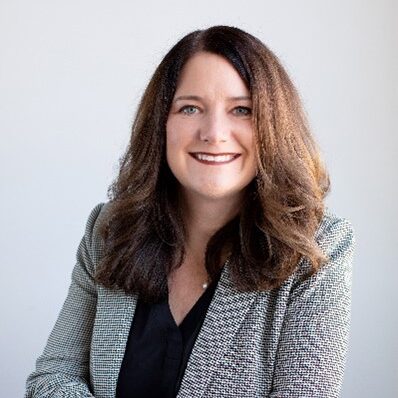June 12, 2023
By Bart Fischer, Sr Public Administrator, WSB and Anne Finn, Intergovernmental Relations Director, LMC
Bart Fischer, Senior Public Administrator, WSB and Anne Finn, Intergovernmental Relations Director at the League of Minnesota Cities (LMC) unpack the most recent consequential legislative session. The 2023 legislature began their session with a $17.5 billion surplus that is now gone with a number of spending provisions that will be distributed across the state and invested in nearly every state agency. Significant investments in transportation, the largest capital investment/bonding package, several environmental bills and large public safety and education bills will all have a major impact on communities across the state in the coming years.
BF: What can communities expect to see for investments in transportation?
AF: This is one of the most robust transportation bills we have seen, on par with the transportation investments in 2008 following the I-35W bridge collapse. It is the largest capital investment bill in our state’s history, with $2.6 billion to be distributed around the state for transportation, water infrastructure and other facilities.
BF: Why is there currently such a focus on transportation funding across the state?
AF: A significant amount of money will be invested into our transportation system in the coming years. There was a lot of muscle behind this bill due to support from stakeholders including labor, the construction industry and local government groups, and many advocates believe this bill is very meaningful for the state of Minnesota. With single party control— the DFL was not going to let this opportunity to enact a robust transportation bill pass by. The public wants road repairs, and there was a strong desire to fill budget gaps for roads, bridges, transit, pedestrian and other modes of transportation. Now is the time to look at new and creative ways to put some money into our transportation system.
The bonding bill has a lot of money for transportation, something we advocated for strongly. The Omnibus Transportation bill provides permanent funding for the Small Cities Assistance Fund, which will support more than 700 cities. This will cover road and bridge improvement programs. In addition, the Omnibus Transportation Bill included the addition of a retail delivery fee of .50 cents for purchases over $100 that will fund both the Small Cities Assistance and Large Cities Assistance Funds. This is a nice chunk of money that cities can use on any streets they have road authority over and will have a large impact on communities.
BF: Were there any surprises in this session?
AF: Yes, the indexing of the gas tax came as a surprise. It wasn’t discussed early in the process, so it was very interesting how it played out at the end. Indexing will start in January of 2024 and will increase the gas tax by .50 cents per gallon by 2027. As inflation continues to grow over time, this will as well.
BF: In what ways will this additional funding impact or work with the Infrastructure Investment & Jobs Act (IIJA)?
AF: The Omnibus Transportation Bill includes $216 million for discretionary matches in which grants are matched to local units of government for federal funds. Additionally, the Grants Technical Assistance Program was created and will allow the Minnesota Department of Transportation (MnDOT) to help local units of government secure federal funds. This new program can then maximize what Minnesota gets in IIJA funds— ensuring that projects at the local level can be accomplished.
BF: Any advice for communities or those with projects in mind?
AF: My best advice is to be prepared. If anyone has a project in mind that they would like to see funded, they need to start preparing for any potential solicitations now. This will allow communities to be ready for when solicitations come out and they can be first in line for funding.
I will also stress patience. At LMC, we’re still exploring how cities can take advantage of the additional funding as a result of the session. As we move toward fall, we’ll be sure to alert our members to any opportunities on the horizon.
BF: What do you think next year’s session will hold?
AF: I could see there being another bonding bill. If projects get built and there continue to be more shovel ready projects out there— many lobbyists agree that it could be a possibility. I also believe some bills could be reviewed and cleaned up. There were several lengthy bills that were drafted and passed, and after further review there may be some tweaks that need to be made.
All this investment in infrastructure has shined a light on the labor shortage, especially in the construction industry. They are anticipating a need for an additional 40,000 workers just to deliver the projects that were passed this year. I anticipate some initiatives to get more people interested in the trades so we can support these infrastructure projects.
BF: Thank you, Anne. As always, I appreciate your expertise and valuable insights.
Bart Fischer has over two decades of experience in public administration. Throughout his tenure, he’s worked in five Minnesota communities as the city or assistant city administrator. Bart joined our firm in 2019 as a senior public administrator and focuses on lending his public service expertise to our clients.
[email protected] | 651.485.1839

Anne Finn is intergovernmental relations director for the League of Minnesota Cities (LMC). Since 2000, she has represented the League and its member cities before the state legislature and other levels of government on issues involving public safety, transportation, public pensions and local decision-making authority. Anne’s background includes a combination of legislative and local government experience. She holds a Bachelor of Arts degree in government from the College of Saint Benedict and a Master of Arts degree in public administration from Hamline University.


